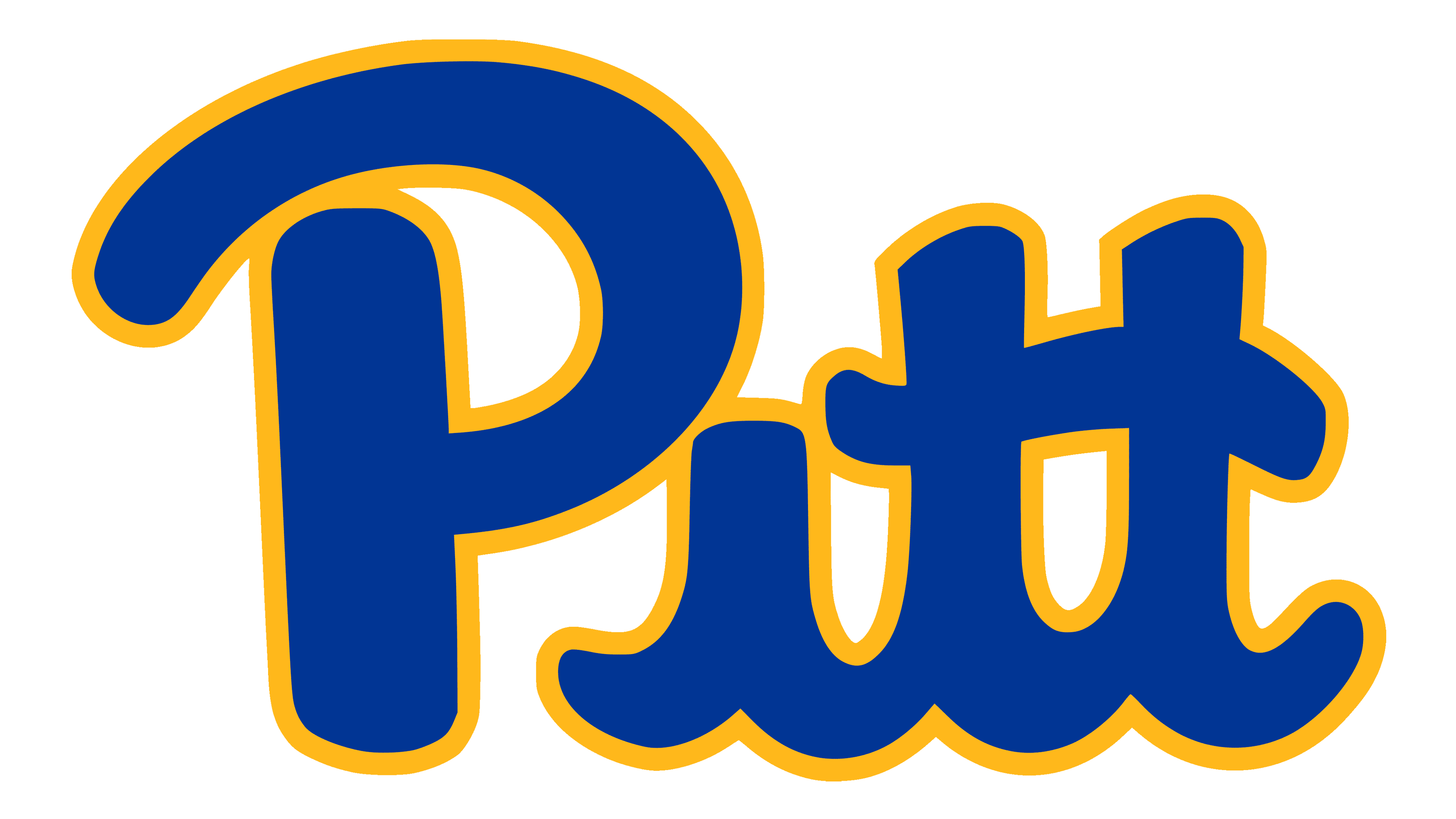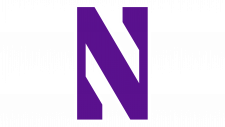Pittsburgh Panthers Logo
The Pittsburgh Panthers represent the University of Pittsburgh in collegiate sports. Hugh Green, among others, formed this athletic team. It emerged in Pittsburgh, Pennsylvania. The primary purpose was to provide structured sports programs for students. These programs aim to foster competitive spirit and school pride.
Meaning and History
The Pittsburgh Panthers were established in 1890. Initially, they focused on football but soon expanded to include multiple sports. Over the years, the team adopted the panther as its mascot, symbolizing agility and strength. Noteworthy dates include 1910 when the team officially took the panther as a mascot, influenced by its native presence in Pennsylvania. The 1970s marked a period of significant growth, with the team achieving several national championships, boosting their prominence in college sports.
What is Pittsburgh Panthers?
The Pittsburgh Panthers are the athletic teams of the University of Pittsburgh. They participate in various sports at the collegiate level. Their mascot, the Panther, symbolizes strength and resilience, reflecting the spirit of the athletes and the university community.
1947 – 1955
The logo features a powerful, dark blue panther in mid-roar, poised in an aggressive stance. Its muscular body is elongated, displaying raw strength and agility. Sharp claws and fierce teeth are prominently visible, enhancing its ferocious appearance. This emblem embodies the spirit and dynamism of the Pittsburgh Panthers, symbolizing their competitive nature and resilience in sports.
1955 – 1966
This logo showcases a gold and navy blue panther crouched and ready to pounce. The color scheme contrasts sharply with the previous single-color design. The panther’s posture is more dynamic, emphasizing readiness and aggression. Detailed musculature and facial expressions in the design enhance its lifelike and intimidating appearance. This version captures a vivid, energetic spirit, aligning with a fierce athletic identity.
1966 – 1972
This logo shifts focus to a close-up view of a panther’s head, intensifying the emotional impact. Rendered in rich brown and white, it contrasts sharply with the earlier full-body depiction. The expression is ferocious, with a wide-open mouth and sharp fangs, emphasizing aggression. This design highlights detailed facial features, including fierce eyes and prominent whiskers, aimed at capturing the raw power and spirit of the team.
1972 – 1974
This logo introduces a bold, stylized “PITT” lettering in gold with a navy outline, incorporating a dynamic panther graphic. The panther is depicted in motion, walking across the tops of the letters, symbolizing progress and forward movement. This design merges the iconic panther with a strong typographic element, highlighting the university’s initials and enhancing brand recognition. The use of dual colors reinforces the school’s identity and provides a vibrant contrast.
1974 – 1987
This version of the logo refines the previous design by enhancing the clarity of the panther and lettering. The “PITT” remains prominent in gold with navy outlining, but the typography now appears more streamlined and bold. The panther atop the letters is more detailed, with a slightly adjusted pose that suggests both readiness and power. The color contrast between the panther and the letters has also been adjusted for better visual impact, making the logo more striking and memorable.
1987 – 1997
This logo represents a significant shift, dropping the panther element entirely and focusing solely on stylized typography. The “Pitt” script is fluid and modern, rendered in blue with a golden outline, emphasizing a sleek and contemporary look. This design marks a move towards simplicity and broad appeal, aiming to symbolize the university’s forward-thinking approach. The logo’s curves are soft, giving it a friendly and accessible appearance.
1997 – 2005
This logo marks the return of the panther, now more prominent and fierce than before. Positioned above the word “PITTSBURGH”, the panther’s head is detailed, with a menacing expression. The typography is bold and angular, in dark blue with gold outlines, echoing the colors of the panther. This design combines ferocity and tradition, strengthening the visual identity of the Pittsburgh Panthers. The reintroduction of the mascot emphasizes heritage and team spirit.
2005 – 2016
This logo completely removes the panther image, focusing instead on a stylized version of the text “PITT”. The letters are bold and angular, colored in navy with gold outlines, projecting a strong and modern appearance. The dynamic skew and overlap of the letters create a sense of motion and energy. This design simplifies the visual elements while maintaining the university’s traditional colors, aiming for a clean and easily recognizable brand identity.
2016 – 2019
This logo revision simplifies further, focusing on a flowing, script-like “Pitt” in navy with gold outlines. The font style is softer and rounder, contrasting with the previous angular design. This change promotes a classic and timeless look, reducing visual complexity. The overall effect is more approachable and elegant, emphasizing the university’s heritage through a refined typographic style. This logo is clean, making it versatile for broader application across university branding.
2019 – Today
This logo maintains the stylistic script of “Pitt” but revises the color and outline. The text now features a brighter navy and a sharper golden outline, enhancing visibility and contrast. The curves in the lettering are slightly more pronounced, emphasizing a casual yet determined character. This version solidifies the brand’s identity with a clear, cohesive, and vibrant aesthetic. The simplified design focuses on legibility and modern appeal, perfect for various applications.





















